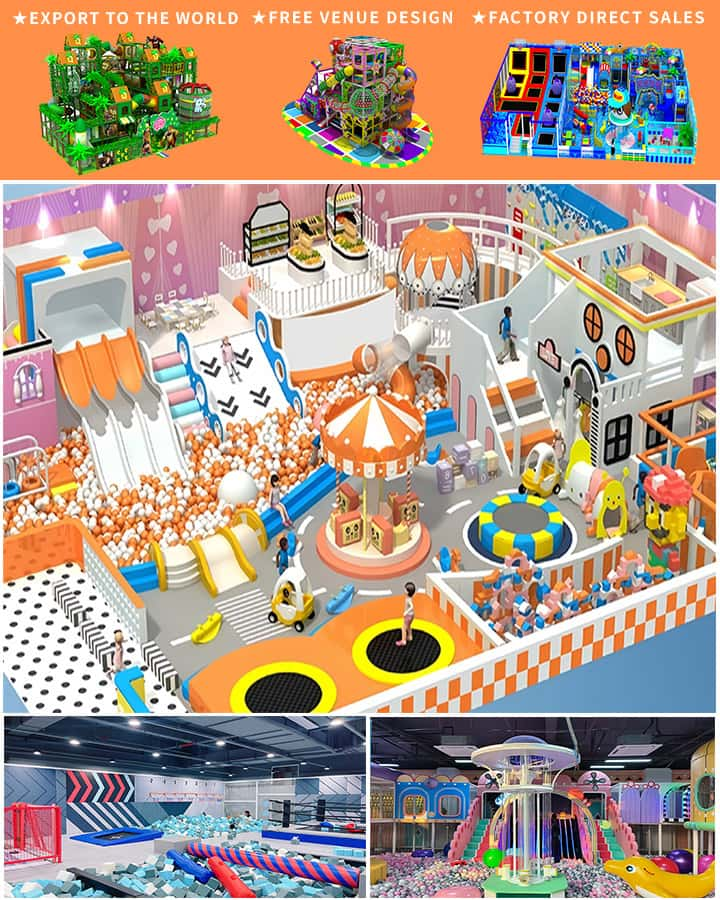When it comes to designing a safe and enjoyable playground, one often overlooked element is the ground material beneath our feet. While swings, slides, and climbing frames capture our imagination, ensuring children’s safety during their playtime adventures is equally crucial. Enter soft bark—a versatile and effective playground surface that significantly reduces the risk of injury during inevitable falls.
What is Soft Bark?
Soft bark, made primarily from organic materials like pine or cedar, is shredded into small, cushioned pieces perfect for playground use. Unlike traditional playground surfaces such as asphalt or concrete, which can cause serious injuries if a child falls, soft bark offers a much gentler landing pad. Its natural texture and shock-absorbing properties make it an ideal choice for areas designated for young children who are more prone to tumbles and missteps.
Why is Soft Bark Effective?

One of the standout benefits of using soft bark in playground designs is its ability to soften the impact of falls. According to studies on playground safety, surfaces made from organic mulch like soft bark have been shown to reduce the severity of injuries by up to 90% compared to harder surfaces. This makes it particularly suitable for toddler and preschool age groups, whose developing motor skills might not yet prevent every fall.
In addition to safety, soft bark provides other benefits:
- Environmentally Friendly: As a natural material, soft bark is biodegradable and renewable, making it a more eco-friendly option when compared to synthetic alternatives.
- Aesthetically Pleasing: The natural look of wood shavings can complement any outdoor setting, adding to the overall appeal of the playground.
- Cost-Effective: Although initial installation costs may vary, maintenance expenses for soft bark are generally lower than those for artificial turf or rubber mats.
Installation and Maintenance Tips
For optimal safety, it’s essential to install soft bark correctly. A minimum depth of 9-12 inches is recommended to provide adequate cushioning. Moreover, the area should be well-drained to prevent water accumulation, which can turn the bark into a slippery hazard.
Maintenance is relatively straightforward but crucial for long-term effectiveness. Regular raking and replenishment of the bark are necessary to keep it fluffy and impact-absorbent. It’s also wise to inspect the playground periodically for any signs of wear and tear, ensuring that the bark remains evenly spread and free from debris.
Final Thoughts
Incorporating soft bark into playground design is a simple yet powerful way to enhance safety without sacrificing fun. By choosing this natural, cushioned surface, we can create a safer environment where children are free to explore and learn through play, minimizing the risk of injury and maximizing their enjoyment. So next time you visit a playground, take a moment to appreciate the thoughtful choice of soft bark underfoot—it’s doing more than just catching falls; it’s paving the way for safer, happier childhood memories.




